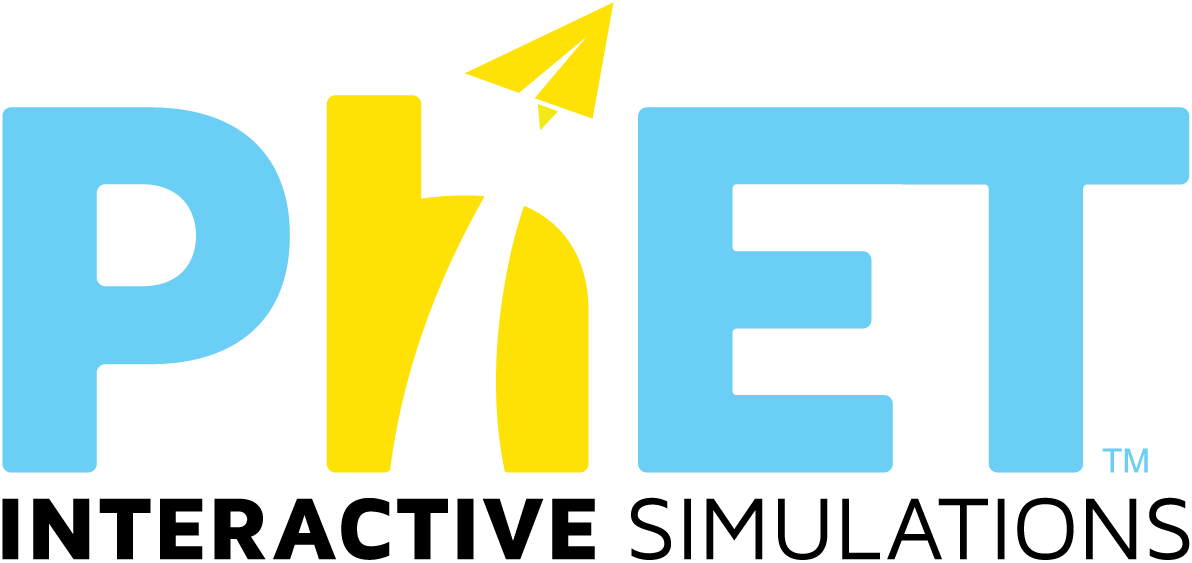154 搜尋結果符合 concept reversible reaction
模擬教學
- Alpha 衰變
- Balancing Chemical Equations_平衡化學方程式 (HTML5)
- Density_密度 (HTML5)
- Energy Skate Park: Basics_能量滑板競技場:基礎 (HTML5)
- Masses & Springs 質量與彈簧
- Radioactive Dating Game 放射線定年遊戲
- Ratio and Propotion_比與比值 (HTML5)
- Reactants, Products and Leftovers_反應物, 生成物及剩餘物 (HTML5)
- Reactions & Rates 化學反應和反應速率
- Trig Tour_三角函數之旅 (HTML5)
- 可逆反應
- 原子分裂
活動
- Le Chatelier's Principle Demos
- Concept Questions for Chemistry using PhET
- Inquiry Equilibrium activity
- What Factors Influence the Rate of a Reaction?
- Concept questions for Physics using PhET (Inquiry Based)
- Reaction Rates
- Entropy, Microstates, and Probability - Interactive Lecture Demonstration Guide
- Salts and Solubility 3: Solution Equilibrium and Ksp (Inquiry Based)
- Build an Molecule - concept questions
- Reactants, Products, and Leftovers Concept Questions
- Wave clicker questions (Inquiry Based)
- Reactions and Rates College version for tab 3- kinetics (Inquiry Based)
- Reacciones reversibles
- Equilibrium Inquiry and Experiment Activity
- Energy Skate Park - Concept Questions Compendium
- Gravity and Orbits-Vector Concept
- Balancing Chemical Equations HTML5
- Nuclear Fission Inquiry
- Exploring Equilibrium
- Exothermic vs. Endothermic Reactions
- Salts and Solubility Concept Questions for 5 activitites (Inquiry Based)
- Exploring Chemical Reactions and the Law of Conservation of Mass
- Using the Reactions and Rates PhET Simulation: Concept Development Activity for Kinetics and Rates of Reactions
- Limiting Reactants
- Reactions and Rates 3: Introduction to Equilibrium (Inquiry Based)
- Reactions and Rates 2: Intro to Kinetics (inquiry based)
- Exploring Fission (inquiry)
- 가역반응 SIM 사용지침서
- Basic Thermodynamics Inquiry
- Point-Slope Lesson and Activity Sheet
- Applying Le Chatelier's Principle
- Exploration du concept de concentration
- ORGANIC CHEMISTRY Chemical Reactions of Alkanes and Alkenes
- Reactants, Products and Leftovers Activity 1: Intro to Chemical Reactions and Limiting Reactants
- Describing Location and Movement
- What is Equality
- Relative Density - sink or float
- Shape, Center, and Spread
- Diffusion ILD
- Understanding Natural Selection
- Potential Difference in Circuits
- Forces and Motion: Basic - Concept Introduction
- Gravity Force Simulation - Concept Questions
- Forces and Motion
- Reactants, Products, and Leftovers Activity 2: Limiting Reactants in Chemical Reactions
- Natural Selection ILD
- Using the Molecule Polarity PhET Simulation: Concept Development for Understanding Molecular Dipoles
- Conservation of Energy 1: Introduction (qualitative approach)
- Using the Gases Intro PhET Simulation: Concept Development for Understanding Gas Laws and the Variable Changes Associated with Them
- Using the Atomic Interactions PhET Simulation: Concept Development for Understanding Energy Changes Associated with Bond Forming and Bond Breaking Events
- The Atom; Discovery of the Atom
- Conservation of Energy using Masses and Springs (Inquiry Based)
- Heat Flow
- Davisson Germer lecture and homework
- Using the Coulomb’s Law PhET Simulation: Concept Development for Understanding Electrostatic Forces
- Using the Molecular Shapes PhET Simulation: Concept Development for Understanding Molecular Geometry and Shape
- Exploring Half-Life
- Pendulum Lab 1: Intro to pendulum (Inquiry Based)
- Concentration: Understanding Molarity
- Fields - NGSS Aligned
- Lesson Plan for Teaching Shapes of Molecule
- Intro to Photoelectric Effect Interactive Lecture
- Reflection and Transmission Interactive Lecture
- Conservation of Energy using Masses and Springs (homework version) (Inquiry Based)
- Sound: An Introduction (Inquiry Based)
- Function Fun
- Probability and Randomness Interactive Lecture
- Stern Gerlach clicker questions
- MRI lecture and homework
- Projectile motion
- Exploring the pH of substances
- Balancing Act
- Stoichiometry for Remote Learning
- KE and PE with the pendulum, Student
- Equilibrium and Le Chatelier's Principle
- Energy Skate Park Basics | Remote Lab
- PhET Energy Forms and Changes Virtual Lab
- Activity in Electricity (Coulomb's Law)
- Forces and Motion
- Thermal Expansion
- What factors affect how a substance changes temperature?
- Reflectioin and spherical mirror
- Energy Skater -- Introduction to Mechanical Energy Conservation
- Balancing equation
- Alineación simulaciones PhET con el Currículo Ecuatoriano - Química - Bachillerato
- PhET Sims Aligned to the Chemistry Curriculum
- Line of best fit activity
- Gas Relationships and Buoyancy
- Forces and Free Body Diagram Lab
- Natural Selection
- Enquête au sujet des atomes, des éléments, des ions et des isotopes
- KE and PE using the Pendulum Lab
- Refraction
- NUMBER LINE (DISTANCE)
- Horizontal Projectile Motion
- Projectile Motion
- pHet Building Molecules Virtual Lab - HS Chem1 level
- Introduction to Molarity and Dilutions
- Teaching Atoms using PhET Sim Worksheet
- In/Post-Class Worksheet, Wave Interference, Sound/Water, PhET
- Introduction to Equivalent Fractions
- Projectile motion Experiment
- Microwaves Simulation Activity
- projectile motion
- Lab: PhET Isotopes and Atomic Mass
- Quantum Wave Interference, 2 Lasers, PhET, Worksheet
- In_Post Class Worksheet, Wave Interference, light, PhET.
- In/Post-Class Activity, Resonance, Spring, PhET
- Visualizing Resistance
- Gas Properties
- Vector Addition Worksheet
- Energy Forms and Changes
- Potential Energy of A Spring (Elastic Potential Energy)
- Projectile Motion Lab Report
- The Covalent Bond Between Two Atoms
- Exploring Static Electricity
- How do PhET simulations fit in my middle school program?
- Density-introduction
- Friction Quantitative Lab
- Forces and Motion- Effects of Forces on Motion (Investigation)
- Density
- Charges Activity with Various Simulations
- Newton's Second Law of Motion
- 'Lectronic Plates
- Waves on a String Exploration Activity Guide
- In/Post-Class Activity, Bending Light, Prisms, PhET
- In/Post-Class Activity, Bending Light, PhET
- High School Chemistry 1 level: Limiting reagents
- Science activity sheet: Acids_bases solutions
- Adding Negations
- Modeling Relative Atomic Mass
- Lab: PhET Sugar and Salt Solutions
- Intro to Circuits
- What Type of Light Bulb Should I buy for my Grandma?
- In-Post Class Activity Worksheet, Convex Lenses, PhET
- In-Post Class Activity Worksheet, Convex Lens, PhET
- Energy Analysis of a Mass Oscillating on a Spring
- Saat Energi menjadi Jejak Petualangan untuk dijelajahi
- MS and HS TEK to Sim Alignment
- Finding Unit Rates Using Addition, Subtraction, Multiplication, and Division
- Simple Inquiry-based Build an Atom Simulation Student worksheet
- Computer Simulations as a Tool to Assist Teaching Basics of Electromagnetism (Simulações Computacionais Como Ferramenta Auxiliar ao Ensino de Conceitos Básicos de Eletromagnetismo)


